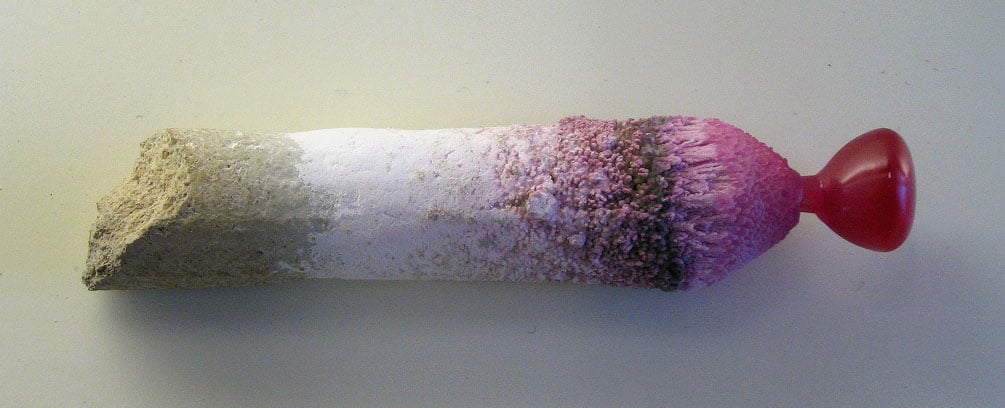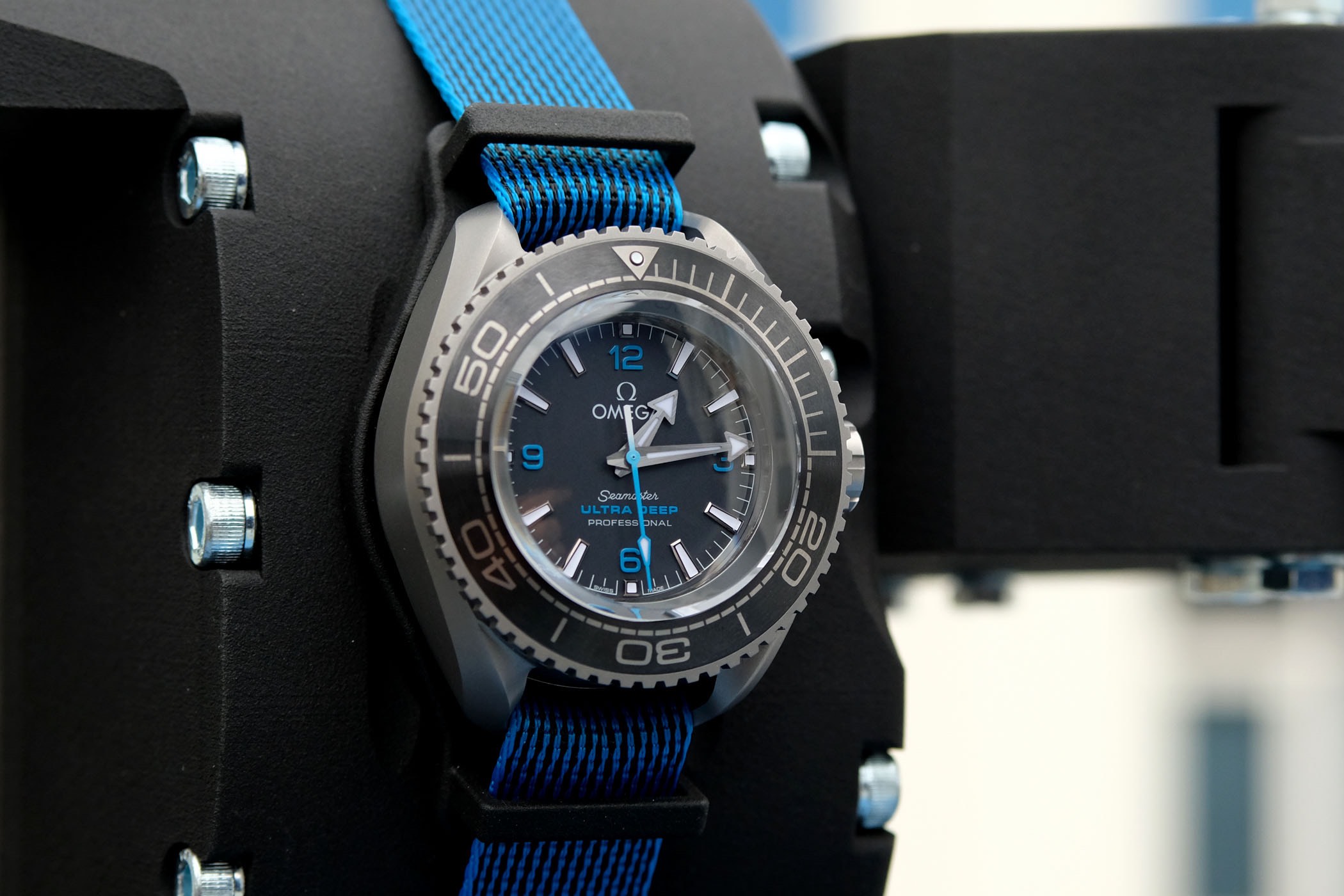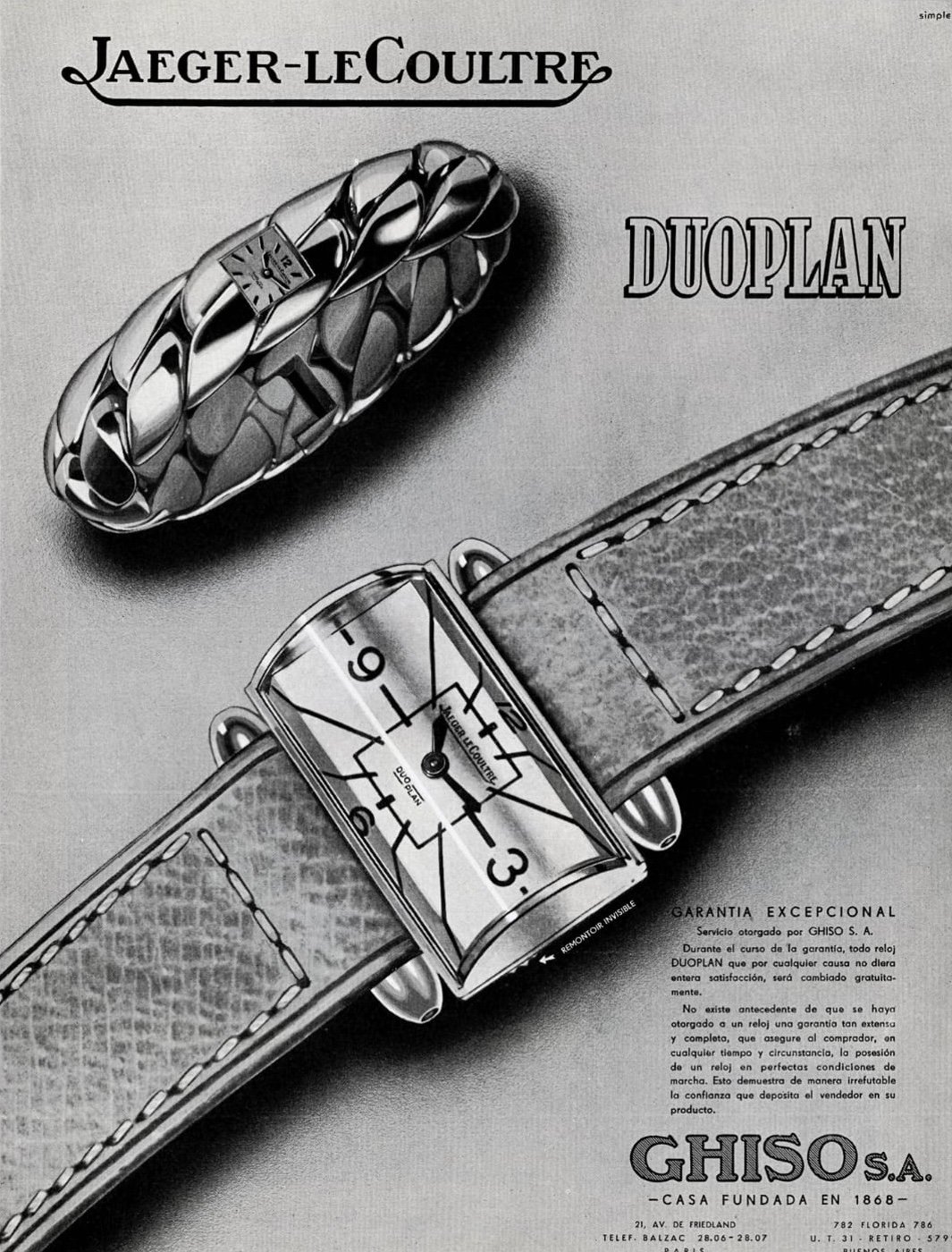A Comprehensive Guide to Watch Crystals – History, Types, Advantages, and Disadvantages
While sapphire crystal seems to be the norm, there is more than just one option when it comes to watch crystals…

In the world of watches, the crystal is one of the most crucial yet often overlooked components of a timepiece. This thin transparent cover protects the dial from dust, moisture, and external damage while allowing clear visibility of the watch’s timekeeping functions – and, in many modern watches, its movement, too. Over the years, watchmakers have developed various types of crystals, each with its own set of advantages and disadvantages. In this article, we will explore the different types of crystals used in watchmaking, focusing on their material properties, advantages, and potential drawbacks. You might think this is a detail, but after all, it is the crystal that offers the first glimpse into a watch…
Watch Crystals, a brief historical recap
While sapphire is now the preferred material in the watch industry, its use on a large scale is relatively recent, and many other materials have been used in the past. Early clocks didn’t even have a protective crystal, and the dial and hands were left unprotected. To add a layer of protection and marginally reduce dust entering the movement, some antique clocks were equipped with a hinged metallic protection. Yet, with the advent of the pocket watch, the necessity of having a crystal became clear.
Early pocket watches were equipped with so-called rock crystals (crystal de roche in French), a variety of quartz, a natural material that gave the watch part (crystal) its name. Traditional crystals were the norm for watches up until the late 19th and 20th centuries, when new synthetic materials began to appear.
Surprisingly, and while it took some time for it to be implemented in watchmaking, one of the oldest techniques to create synthetic crystals is the Verneuil method, developed in late 1883 by the French chemist Auguste Verneuil. This method was used to produce synthetic varieties of corundum, which is the same base material as sapphire crystal in watches.

Yet, the material that really took over the watch industry for more than half a century is PMMA – polymethyl methacrylate – mostly known under its commercial name, Plexiglass. It was first developed in 1928 and brought to the market about five years later by the Rohm and Haas Company. Due to its flexibility, clarity, lightness, and ability to be made in complex shapes, Plexiglass quickly took over the watch industry – also greatly helped by its use in WWII watches, where its non-shattering properties made it a great ally. It was a natural replacement for the glass crystals used in WWI trench watches, known to shatter often if not protected by metallic cages.

After WWII, acrylic crystals became the norm in the watch industry. Pretty much all vintage watches from the 1950s to the 1970s you’ll find are equipped with an Acrylic crystal – often domed, giving these retro watches their inherent charm and personality.
Coming back to sapphire crystal, while its invention dates back to the 1880s, it took some time to first find its place on a watch – it seems that the first attested use of sapphire crystal should be credited to Jaeger-LeCoultre in the late 1920s or early 1930s. The use of synthetic sapphire remained very rare up until the early 1970s.
One of the very first times sapphire crystal would be used on a larger scale was the Rolex reference 5100 Datejust Quartz – an innovative watch equipped with the Beta 21 movement and Rolex’s first quartz-powered watch. Sapphire appeared again at Rolex in 1975 with the reference 1530, followed by Oysterquartz Datejust and Oysterquartz Day-Date models around 1977. The first Rolex sports watch with a sapphire crystal was the Sea-Dweller 16660, released in 1978.

Sapphire crystals became increasingly common during the 1970s and 1980s, quickly replacing acrylic crystals to become the norm for luxury watches first and then for most of the watch industry.
Acrylic Crystal (Plastic Crystal)
Acrylic crystal, also known by brand names like Plexiglass, Perspex, or PMMA (polymethyl methacrylate), as well as Hesalite (a common name in watchmaking), is a transparent, synthetic polymer. Unlike mineral glass or sapphire, it is a lightweight plastic moulded to fit the shape of the watch case. Acrylic is light, shatter-resistant, and surprisingly flexible. In an era before sapphire, it was the go-to material for nearly all watches. It’s particularly common in vintage-style pieces or tool watches, which value toughness. Acrylic’s resilience to shattering made it ideal for watches that would be used in harsh environments, like military or dive watches – and in space too, as it was the material of choice for the Omega Speedmaster, which became the Moonwatch – the non-shattering properties were crucial in zero-gravity environments.
Due to the inherent properties of the material, basically plastic, acrylic crystals are soft and prone to scratches – about 3-4 on the Mohs hardness scale. However, it also means that they can be repolished easily by using a polishing agent, such as PolyWatch, a name that should be familiar to vintage watch owners.

Advantages:
- Ease of restoration: While acrylic can scratch more easily than sapphire or mineral glass, scratches on acrylic crystals are much easier to polish out
- Shatter resistance: Acrylic crystals are much less likely to shatter upon impact compared to glass or sapphire. This makes them a good choice for watches that may be subjected to rough use
- Cost-effective: Acrylic is significantly cheaper to manufacture than mineral or sapphire crystals, making it the material of choice for many affordable or entry-level watches
- Weight: Acrylic is lighter than both mineral and sapphire crystals, contributing to a lighter overall watch weight

Disadvantages:
- Scratch-prone: While it is easier to polish out scratches, acrylic crystals tend to accumulate surface marks over time, and deeper ones won’t be repairable. This makes them less ideal for collectors or those looking for a pristine, scratch-free appearance.
- Limited clarity: Acrylic, while durable in terms of shatter resistance, does not have the same long-term resistance to wear and tear as sapphire. Over time, acrylic may become cloudy or discoloured
- Prone to yellowing: Over time, acrylic can develop a yellowish tint, especially when exposed to UV light, which diminishes its clarity


It is mainly used nowadays for vintage-inspired watches, when watchmakers want to remain as close as possible to the inspiration model, but also entry-level watches where costs must be reduced (for example, some Timex or Baltic models), and timepieces where ease of repair and a rugged, utilitarian aesthetic are preferred. The Speedmaster Moonwatch remains one of the rare luxury watches to still be equipped with an acrylic crystal named Hesalite by the brand.
Mineral Glass Crystal, the Middle Ground
Mineral glass is made from silica-based glass that is chemically treated or heat-tempered to increase its strength and impact resistance. Mineral glass is an affordable alternative to sapphire, offering a certain durability at a relatively low cost. It is commonly found in watches from the $100 to $500 price range, as well as in watches that need a higher level of resistance to impact than acrylic but don’t require the premium performance of sapphire. Traditional mineral glass is rated at 5 on the Mohs hardness scale and can reach up to 6 or 7 when combined with a hardening treatment – making it harder than stainless steel.
Advantages:
- Cost-Effective: Mineral glass is less expensive to produce than sapphire, which is one of the reasons it is used in watches that are more budget-friendly but still need to offer a decent level of durability
- Scratch Resistance: Mineral glass is more scratch-resistant than acrylic but generally less resistant than sapphire. It offers a good balance between durability and affordability – it can be combined with a surface treatment to increase its durability, such as Hardlex at Seiko, which is made by heating and chemically treating ordinary glass
- Impact Resistance: Mineral glass is slightly more resistant to shattering than sapphire, making it a good choice for sports or outdoor watches.
- Clarity: While not as clear as sapphire, mineral glass still provides good transparency, allowing for a crisp view of the dial. It can be combined with an anti-reflective coating for added clarity

Disadvantages:
- Scratch Susceptibility: While mineral glass is less prone to scratching than acrylic, it can still be scratched by hard objects such as metal or certain minerals. Once scratched, it’s difficult to repair (it can, in principle, be repolished, but with varying results)
- Not as Durable as Sapphire: While more durable than acrylic, mineral glass is still susceptible to wear and cracking under high impact or extreme stress
These days, it is mainly used in watches where affordability and relative durability are key considerations. Great for everyday wear pieces and budget-friendly models that need a balance between cost and performance, but probably not something to consider for a sports watch that will be used in harsh conditions. In this case, acrylic might be preferred if budget is an important consideration. Otherwise, sapphire crystal should be chosen.
Sapphire Crystal
Sapphire crystal is made from synthetic sapphire (synthetic corundum crystal), a crystalline form of aluminium oxide (Al?O?). Sapphire is one of the hardest materials known to man, second only to diamond. It is manufactured through a process called the Verneuil method or the Czochralski process, which involves melting aluminium oxide at high temperatures in a furnace to create large sapphire pieces, which are then cut and polished into thin, transparent disks to form watch crystals (either flat, domed, double-domed, bevelled or box-shaped). Sapphire has become the benchmark in modern watchmaking, and for good reason.

Sapphire crystal is incredibly hard, ranking just below diamonds in terms of scratch resistance, which makes it the go-to material for watches where maintaining clarity over time is essential. It is rated 9 on the Mohs hardness scale (the hardest material being diamond at 10).

The resistance, clarity and even the versatility (can be milled to create virtually any shape) of sapphire crystal have made it a material of choice even for cases, with watches almost entirely manufactured from this transparent material – considering the hardness of sapphire crystal, milling it to a desired shape, with the need to include elements such as gaskets, holes and screw threads (indispensable to conceive a watch case) makes it a very expensive choice, even surpassing precious metals.

Advantages:
- Exceptional Scratch Resistance: Sapphire crystal is one of the hardest materials on Earth (at 9 on the Mohs scale, like natural sapphires and corundum, it’s second only to diamonds). It is highly resistant to scratching, making it the preferred choice for luxury watches and those that are worn daily
- Clarity and Transparency: Sapphire is optically clear and can be produced with exceptional transparency, offering crystal-clear views of the dial without distortion
- Durability: Sapphire crystals are incredibly durable and can withstand exposure to harsh environments, including extreme temperatures and minor impacts. Sapphire is resistant to most chemicals, making it highly resistant to corrosion
- Versatility: virtually any shape can be given to a sapphire crystal, making it an inherent part of the watch’s design
Disadvantages:
- Brittleness: While sapphire is incredibly hard, it is also relatively brittle. A hard fall or impact from the right angle can cause sapphire to crack or shatter, unlike acrylic, which bends instead of breaking
- Cost: The manufacturing process for sapphire is more expensive and labour-intensive than that of acrylic or mineral glass, which translates to a higher retail price. This makes sapphire a more costly option, especially for mid-range watches
- Difficult to Repair: While scratches are rare, if they do occur, they are challenging or impossible to buff out compared to acrylic
Certainly, sapphire crystal is the most used material in the watch industry today. Sapphire crystal is used for high-end watches, luxury watches, and any timepiece that demands both function and resistance and it even found its way into accessible watches. AR-coated crystals are also great for those who spend a lot of time in bright environments, such as outdoor enthusiasts and divers. In short, sapphire crystal is currently the best possible material for all sorts of watches, whatever the style or the environment to which they will be subjected – apart from highly specific applications where, for instance, the brittleness of sapphire crystal makes it impossible to use. If the budget permits, then sapphire should be the preferred choice in all cases.
Additional Materials and features of the crystal
In addition to their natural properties, sapphire and mineral crystals can be combined with anti-reflective coatings in several layers, used either on the inner or outer side of the crystal and sometimes on both sides. It is applied to reduce glare and improve readability, especially in bright light conditions. Coatings can also be used to tint the crystal partially. Anti-reflective coatings, while improving visibility, are prone to wear. Scrubbing, cleaning, or improper care can cause the coating to degrade, leading to smudging or discolouration. This is why it is preferable to apply the AR coating on the inner side of the crystal rather than on the outer face or both sides – even though it might marginally reduce its effectiveness. Also, as you might expect, it will inevitably drive the price of the crystal up, so it will have a negative impact on the final price of the watch.

Some “hybrid” materials also exist, such as Hardlex, a proprietary form of mineral glass used primarily by Seiko. It is chemically treated to enhance its hardness and scratch resistance (about 7 on the Mohs scale), offering a middle ground between traditional mineral glass and sapphire crystals. While not as scratch-resistant as sapphire, it tends to be more affordable, making it a common choice for many entry-level Seiko models. Just like a sapphire crystal, Seiko’s Hardlex crystal can be made in various shapes, from flat to domed or box-shaped.

Gorilla Glass, a brand of toughened glass developed by Corning, is increasingly being used in some watches, particularly smartwatches and connected sports wrist-worn devices. It is mainly used as a cover glass for portable electronic devices, rarely as a complete watch crystal.















5 responses
Reads very … AI written…
If one means erudite comprehensive, educational and interesting when one says “AI written” then I agree. If one means Mr Goulard has some how cut corners then that is way off the mark.
One very unique photo Camera making company is using the sapphyre glass on their camera bodies, the LEICA Camera Inc. It is just incredible, the company itself as well as their products! Check it out!
I believe the Cyclops Lens on Rolex is glued on.
Regarding Polywatch,if not available toothpaste does the job.
In my experience, Hardlex is less reflective than Sapphire when there is no AR coating present.